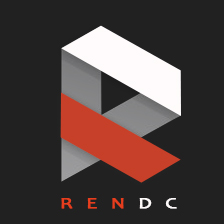Complementary metal–oxide–semiconductor (CMOS), is a major class of integrated circuits. CMOS technology is used in chips such as microprocessors, microcontrollers, static RAM, and other digital logic circuits. CMOS technology is also used for a wide variety of analog circuits such as image sensors, data converters, and highly integrated transceivers for many types of communication.
CMOS is also sometimes explained as complementary-symmetry metal–oxide–semiconductor. The words "complementary-symmetry" refer to the fact that the typical digital design style with CMOS uses complementary and symmetrical pairs of p-type and n-type MOSFETs for logic functions.
Two important characteristics of CMOS devices are high noise immunity and low static power supply drain. Significant power is only drawn when its transistors are switching between on and off states; consequently, CMOS devices do not produce as much heat as other forms of logic such as TTL (transistor-transistor logic). CMOS also allows a high density of logic functions on a chip.
The triple compound "metal–oxide–semiconductor" is a reference to the nature of the physical structure of early (and interestingly now, the very latest) field-effect transistors, having a metal gate electrode placed on top of an oxide insulator, which in turn is on top of a semiconductor material. Instead of metal, current gate electrodes (including those up to the 65 nanometer technology node) are almost always made from a different material, polysilicon, but the terms MOS and CMOS nevertheless continue to be used for the modern descendants of the original process. (See also MOSFET.) Metal gates have made a comeback with the advent of high-k dielectric materials in the CMOS transistor as announced by IBM and Intel for the 45 nanometer node and beyond


